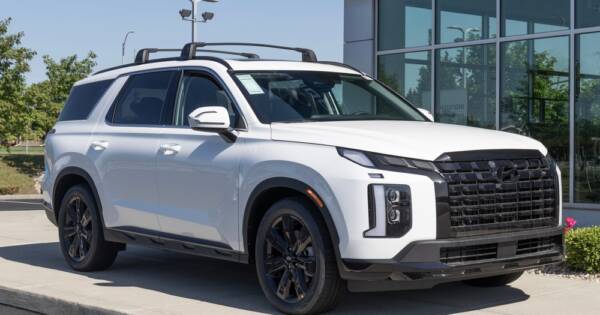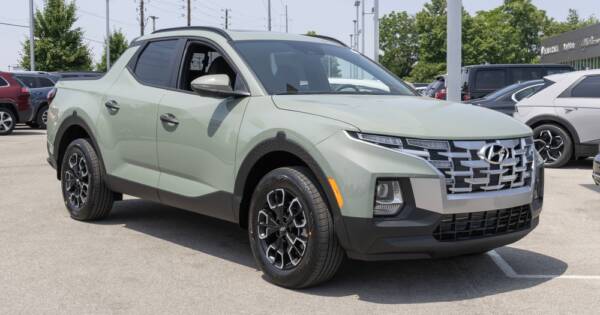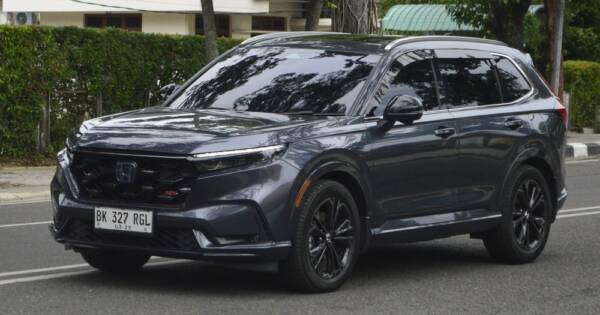For anyone looking to buy a new car, leftover inventory can be an excellent opportunity to snag a quality vehicle at a lower price. Car dealerships often have models from previous years sitting on their lots, and these cars are typically priced to sell. Leftover car inventory generally refers to the stock that dealerships didn’t sell during a particular model year, often replaced by new versions or refreshes. If you’re open to purchasing a previous year’s model and don’t mind missing out on the latest features, leftover inventory could be a worthwhile consideration.
Why Do Dealerships Have Leftover Inventory?
Leftover car inventory usually results from a few factors, including oversupply, changing consumer preferences, or the release of updated models. If dealerships ordered more vehicles than they were able to sell or if certain models weren’t as popular, those cars may sit on the lot longer. Furthermore, when manufacturers release new models with significant upgrades, dealerships might see decreased demand for previous models, creating an incentive to clear them out. Dealerships are eager to move this inventory because keeping unsold cars costs them money, from inventory management expenses to depreciation over time.
Potential Advantages of Buying Leftover Inventory
If you’re flexible about the specific model year, leftover inventory can offer substantial financial benefits. Dealerships are usually motivated to clear out old stock to make room for new arrivals, which means they may offer deep discounts, cashback incentives, and favorable financing terms. Buyers might also find enhanced negotiating power, as dealers may be more willing to meet price expectations. Depending on the dealership, you could find leftover vehicles with low or no interest financing or even receive added perks like extended warranties.
However, keep in mind that not all leftover inventory is equal. Before jumping at a discount, it’s essential to research the car’s features and specifications. In some cases, models may have received significant upgrades in the new model year, which could impact your decision. For example, if you prioritize advanced safety technology or fuel efficiency, a newer model could be worth considering.
Key Considerations Before You Buy
While there are potential savings to be had, buying leftover car inventory may come with trade-offs. If you prefer having the latest technology or cutting-edge design, a leftover model might not align with those preferences. Features like driver-assistance technology or upgraded infotainment systems may be missing or less advanced in an older model. Buyers should weigh whether the savings justify forgoing some of these newer enhancements.
Additionally, keep in mind the potential impact on resale value. Even though a leftover car may be new in terms of mileage, it’s still technically a previous model year. This could result in a lower resale value compared to a current-year model. If you plan to keep the car long-term, the initial savings might outweigh resale concerns. But if you typically trade in vehicles within a few years, you might want to factor in how the model year could affect future trade-in value.
Is Leftover Car Inventory Right for You?
If you’re in the market for a new car and don’t mind purchasing a model from the previous year, leftover car inventory can be an excellent option. With careful research and a clear understanding of what you prioritize, you could find a car that meets your needs while saving significantly.





